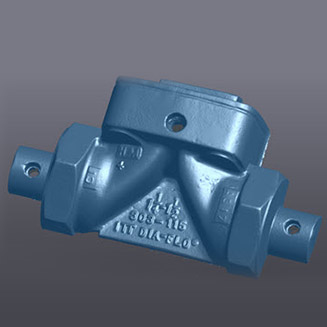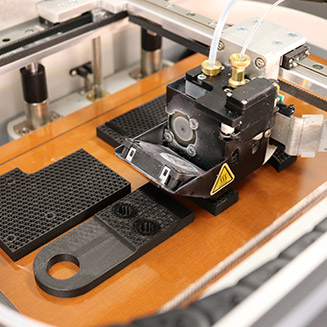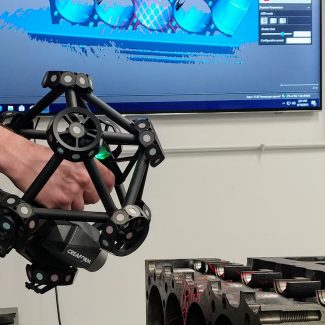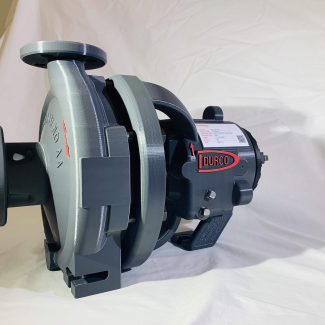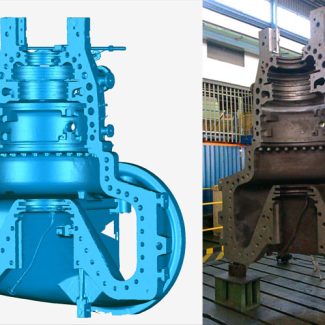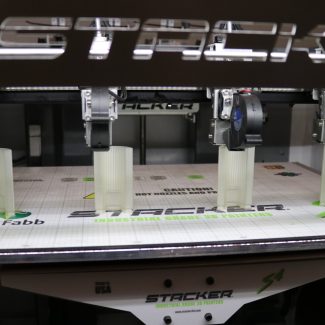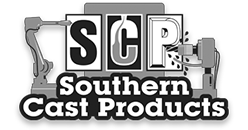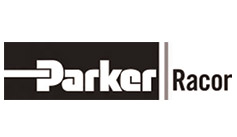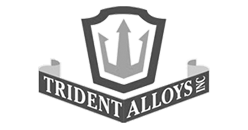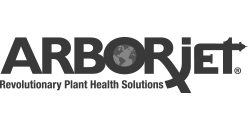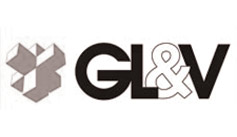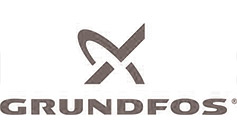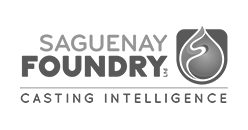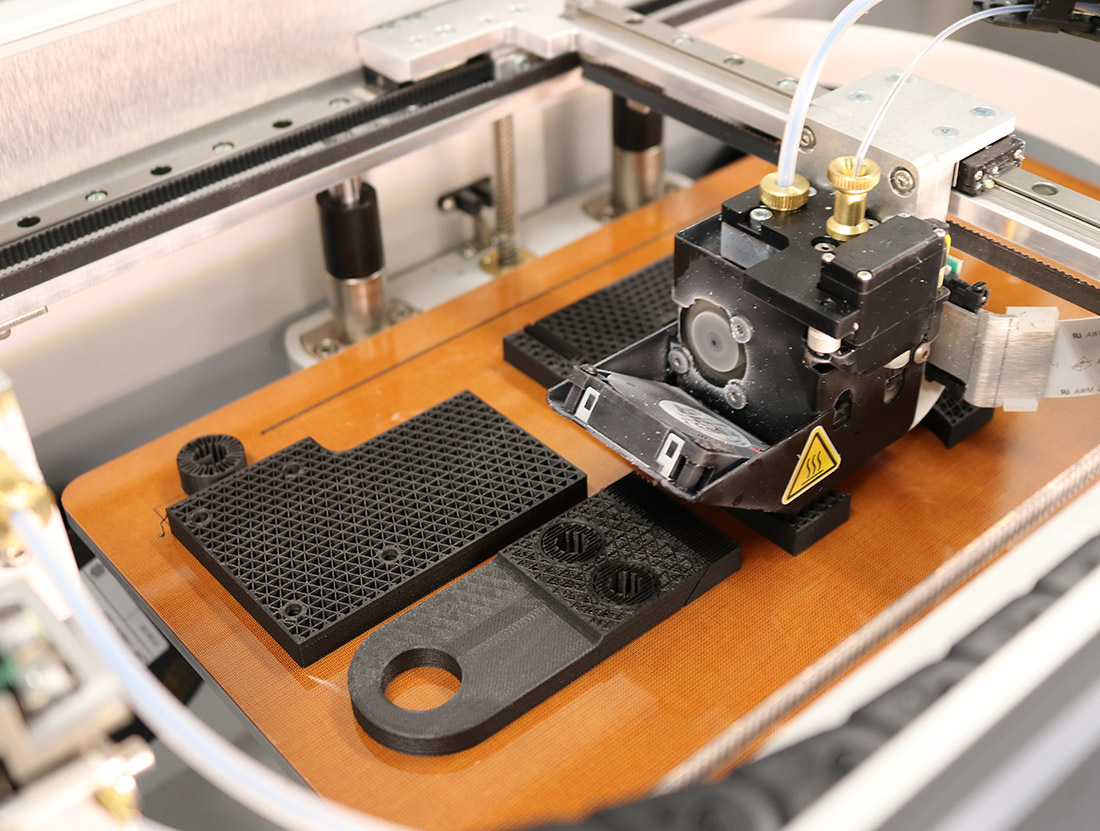
3D Printing Uses in Casting and Foundry
In today’s competitive industrial landscape, efficiency is key. The conjunction of 3D printing with casting and foundry processes isn’t just about technological advancement. It’s about staying ahead in a rapidly evolving market. With every innovation, industries are witnessing a significant shift in how they produce parts.
3D printing has become the driving force behind this transformation. Its ability to create intricate designs, optimize production timelines, and improve overall quality has made it an indispensable tool across diverse sectors. The seamless integration of 3D printing into casting and foundry workflows is important to modern-day manufacturing practices.
Unlocking Precision in Investment Casting
Traditionally, making complex metal patterns for investment casting was a slow, tricky process. But with 3D printing, things have taken a leap. Now imagine this: the industry starts creating detailed designs that we all thought were once impossible. It’s happening now, though, making industries more efficient.
Integrating 3D printing into investment casting reduces the time to create patterns, leading to quicker production cycles. That means faster delivery of high-quality parts at reduced costs.
Enhancing Efficiency in Sand Casting
Sand casting has been a cornerstone in the foundry industry. Now, 3D printing is making it even better by creating reusable patterns and core boxes. It’s not just about saving time; it’s about optimizing designs and improving the quality of parts.
Industries leveraging 3D printing in sand casting witness a remarkable increase in wear and resistance and superior surface finish of the final parts, contributing to enhanced durability.
Real-world Applications Making a Difference
Look around and you can spot how 3D printing is changing things in different fields. For example, in cars, it’s helping to make particular metal parts just right for super-fast rides. Similarly, in aerospace, it’s revolutionizing the production of intricate components, reducing lead times significantly.
Even in everyday consumer goods, specialized components are now manufactured with higher precision and efficiency, thanks to 3D printing integrated into casting and foundry processes.
Seamless Integration for Operational Excellence
Industries are experiencing streamlined workflows, increased reliability, and flexible production. The incorporation of 3D printing is reducing total ownership costs, resulting in quicker time-to-market for products across sectors.
Looking Ahead: Future Possibilities
The journey doesn’t end here. The future holds exciting prospects. With continuous advancements in 3D printing technologies, casting processes are on the brink of a significant transformation. Emerging trends are shaping the way industries operate, making production even more efficient and precise.
To summarize, 3D printing is shaking things up in how we create something in casting and foundries. It’s not just about crafting parts; it’s about doing it better, quicker, and with pinpoint accuracy. As we gaze into the future, adopting 3D printing in casting and foundry work is the secret recipe to staying on top of the game.
Ready to revolutionize your industry practices? Discover the potential of integrating 3D printing into your casting and foundry processes. Reach out to explore how this innovative technology can enhance your production capabilities and steer your business toward success.

